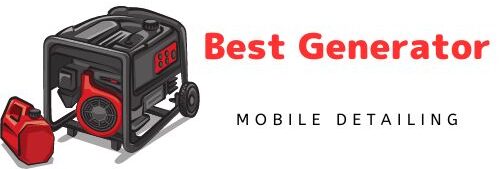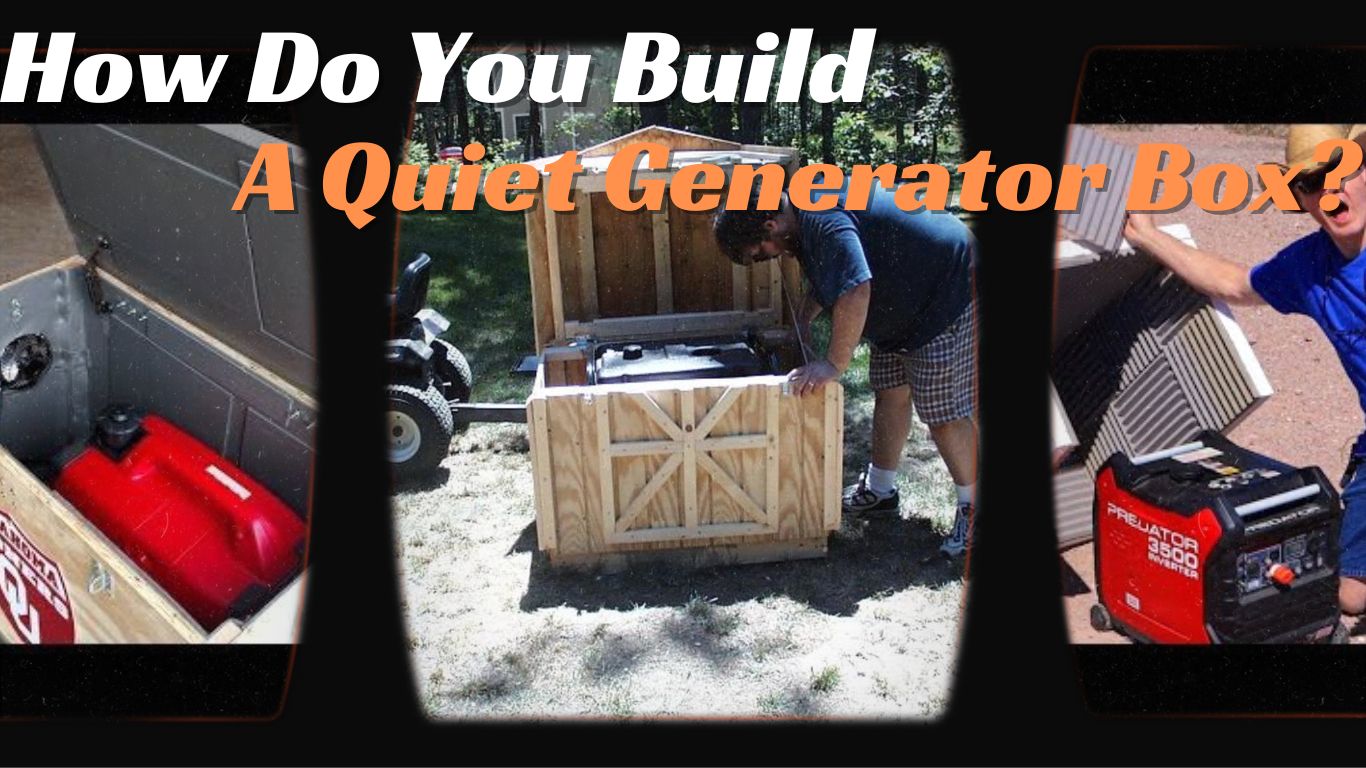Building a quiet generator box can significantly reduce the noise your generator produces, making it more suitable for residential areas, campgrounds, and mobile detailing. This guide, “Best Generator for Mobile Detailing,” will help you answer the question: How Do You Build A Quiet Generator Box? you will know the necessary items and steps to create a quiet generator box. to help you have a whole new experience when using a generator.
What is a Quiet Generator Box?
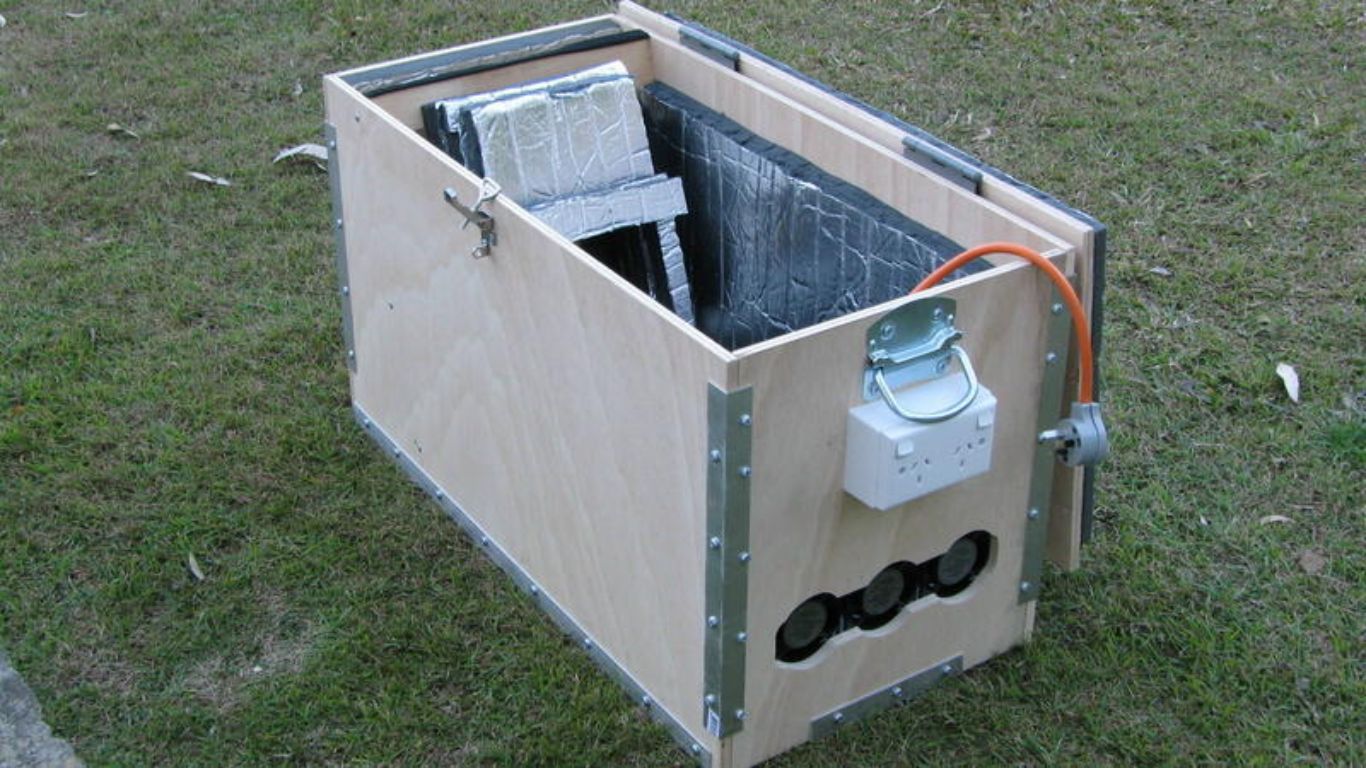
Definition and Purpose
A generator quiet box is a specially designed enclosure for portable generators. Its main function is to reduce the noise produced by the generator. This box encases the generator, providing a sound barrier that absorbs and dampens the noise. It allows you to use your generator more quietly and less disruptively.
The quiet box is built to fit around the generator while still allowing proper ventilation. It ensures that the generator can operate efficiently without overheating. By containing the noise, the quiet box makes it possible to use the generator in residential areas, campsites, and other noise-sensitive locations without disturbing the peace.
Importance of Noise Reduction
Noise reduction is crucial for maintaining a peaceful environment. Generators, by nature, can be loud. This noise can cause discomfort and disturb the tranquility of your surroundings. A quiet box for a generator addresses this issue effectively. It helps you keep the noise level low, making your generator use more acceptable in various settings.
For mobile detailers, the quiet box allows you to provide your services without causing a disturbance. It enhances customer satisfaction by ensuring a calm and peaceful environment while you work. For homeowners, it means you can run your generator during power outages without disrupting your neighbors.
Benefits of a Quiet Generator Box
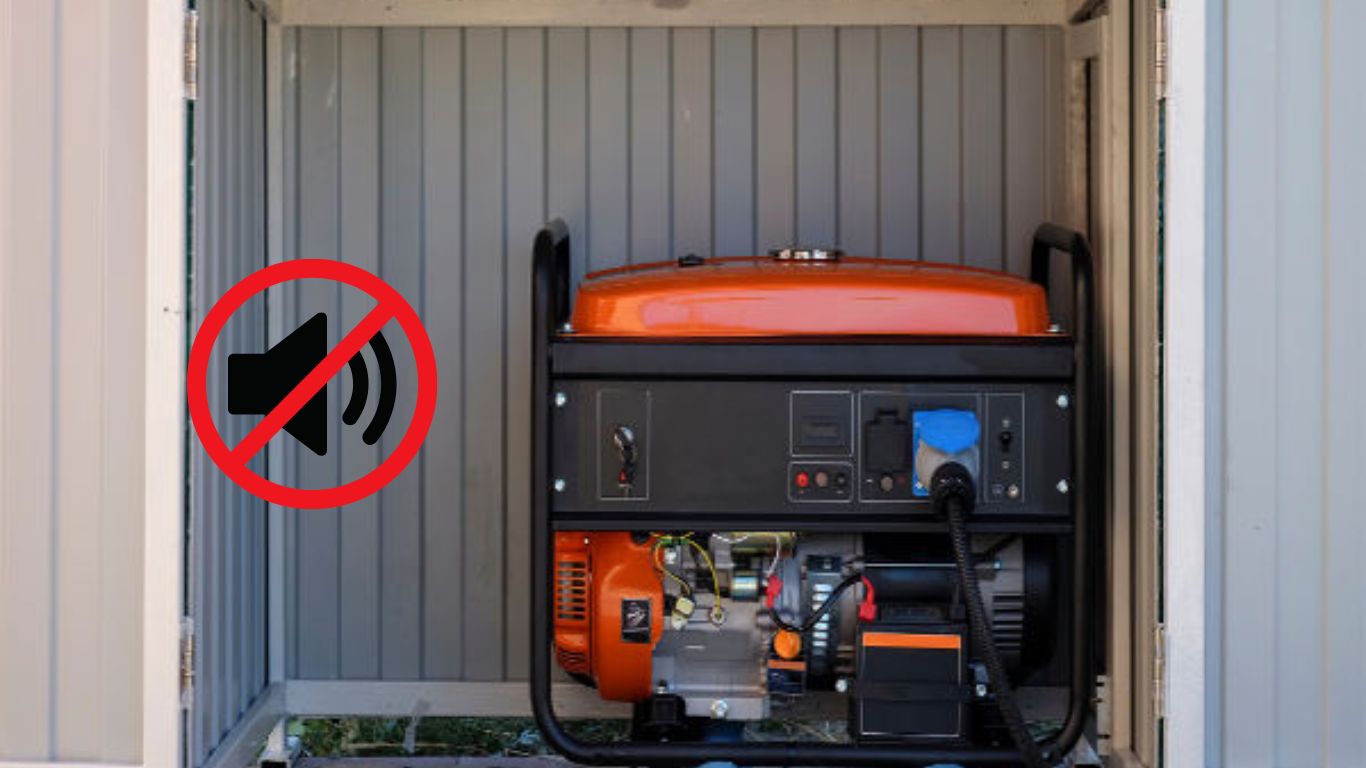
Noise Reduction
A generator quiet box is a practical solution for reducing noise. Generators, by design, can be loud. This noise can disrupt the peace of your surroundings. A quiet box dampens this noise, allowing you to use your generator without causing a disturbance. It helps in residential areas, campsites, and other noise-sensitive locations. By containing the sound, you can maintain a quieter environment for you and those around you.
Enhanced Generator Performance
A quiet box also enhances the performance of your generator. It is built to fit around the generator while allowing proper ventilation. This ensures the generator runs efficiently without overheating. Proper ventilation is key to maintaining the generator’s performance and lifespan. The quiet box supports this by providing a controlled environment that prevents the generator from working too hard to cool itself.
Improved Safety
Safety is another significant benefit of using a generator quiet box. The enclosure not only reduces noise but also protects the generator from external elements. It shields the generator from dust, debris, and weather conditions. This protection reduces the risk of damage and potential hazards. A quiet box also prevents accidental contact with the generator’s hot surfaces, reducing the risk of burns or injuries.
Investing in a generator quiet box offers many benefits. It reduces noise, enhances generator performance, and improves safety. For both mobile detailers and homeowners, a quiet box provides a practical solution for quieter and safer generator use. It helps create a peaceful environment and ensures your generator runs efficiently and safely. Choose a quiet box that fits your generator and enjoy the many benefits it brings.
Materials Needed for a Soundproof Generator Box
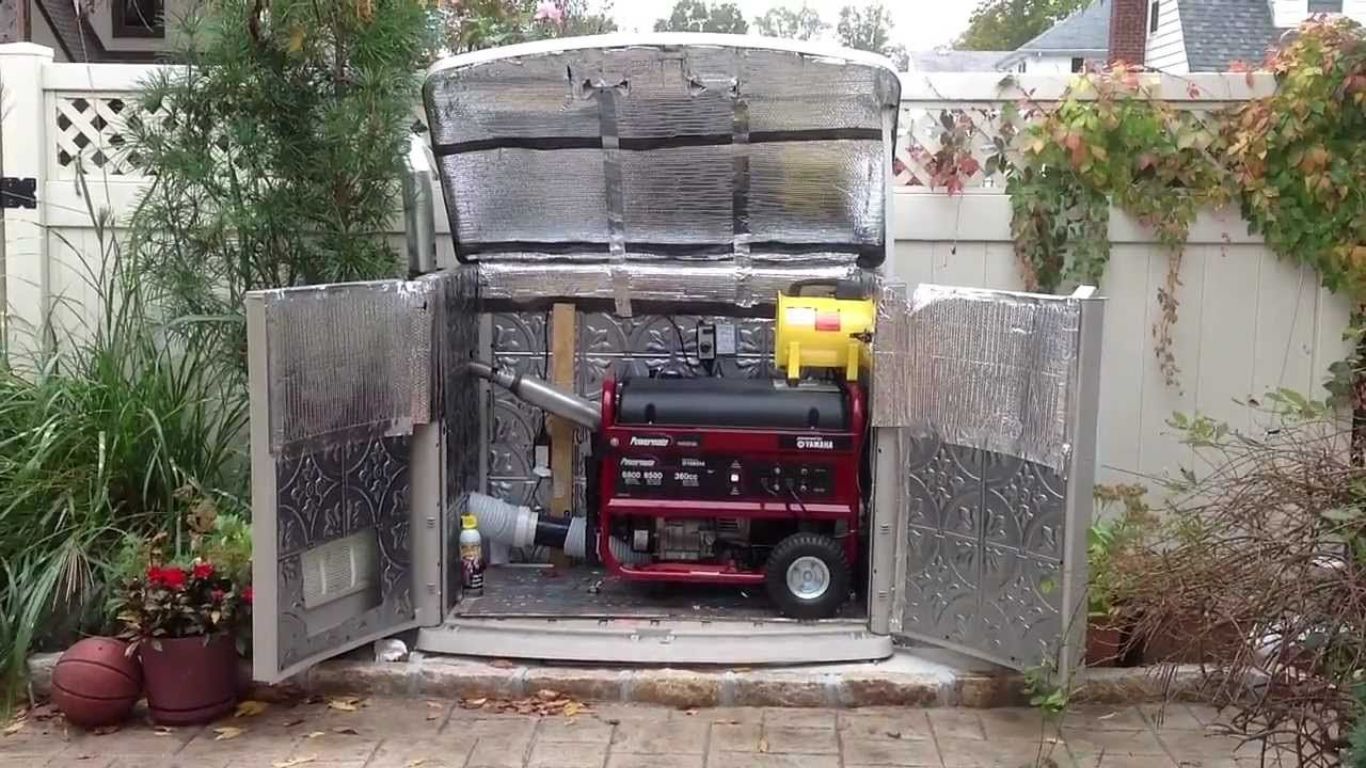
List of Materials
Creating a soundproof generator box requires specific materials. Here is a list to guide you:
- Medium-Density Fiberboard (MDF): MDF is a dense, durable material that helps block sound.
- Mass-Loaded Vinyl (MLV): This heavy, flexible material adds mass to the box, enhancing soundproofing.
- Acoustic Foam: Acoustic foam absorbs sound waves, reducing noise inside the box.
- Ventilation Duct: Proper ventilation is crucial to prevent the generator from overheating.
- Green Glue: This sound-damping compound helps reduce noise transmission between layers of materials.
- Acoustical Sound Sealant: Used to seal gaps and joints, preventing sound leaks.
- Circular or Table Saw: Needed to cut MDF and other materials to size.
- Drill: This is for assembling the box and adding ventilation.
- Tape Measure or Ruler: Ensures accurate measurements.
- Paper and Pencil: For planning and marking measurements.
Where to Source These Materials
You can find these materials at most hardware stores or home improvement centers. MDF, MLV, and acoustic foam are often available at larger retailers like Home Depot or Lowe’s. Green Glue and acoustical sealant can be found at specialized stores or ordered online. Ventilation ducts and tools like saws and drills are standard items at hardware stores.
Building a soundproof generator box is a worthwhile investment. It helps reduce noise, making your generator use more comfortable and less disruptive. With the right materials, you can create an effective sound barrier that enhances the performance and safety of your generator. By sourcing quality materials and planning your project, you ensure a successful outcome.
Building Your Generator Quiet Box
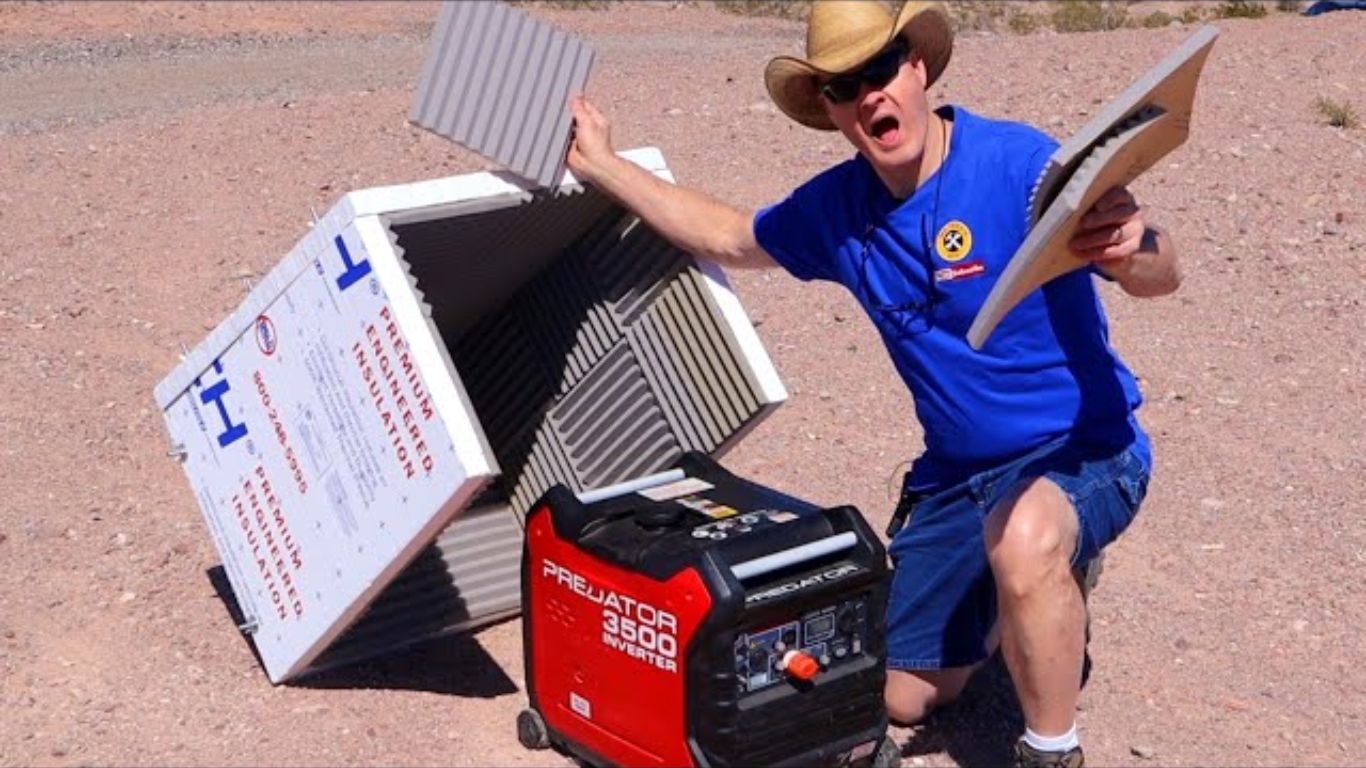
Step 1: Measure and Mark Your Materials
- Measure the Generator: Start by measuring the length, width, and height of your generator. Make sure to include extra space for ventilation and insulation.
- Mark the MDF: Use a tape measure and pencil to mark the dimensions on the MDF sheets.
- Double-check Measurements: Verify all measurements to ensure accuracy. Incorrect measurements can lead to poor fit and reduced noise reduction.
Step 2: Cut the MDF to Size
- Prepare for Cutting: Set up your circular or table saw in a well-ventilated area. Wear safety goggles and gloves.
- Cut the MDF: Carefully cut the MDF along the marked lines. Make sure to keep your cuts straight and clean.
- Tips for Accurate Cuts: Use a straight edge as a guide while cutting. Take your time to avoid mistakes.
Step 3: Create Ventilation Holes
- Plan Ventilation: Determine the best spots for ventilation holes. Position them to ensure optimal airflow.
- Mark and Cut Holes: Mark the locations on the MDF and use a drill or jigsaw to cut the holes. Ensure the holes are the correct size for your vent duct.
- Importance of Ventilation: Proper ventilation prevents the generator from overheating, maintaining performance and safety.
Step 4: Add Your MLV
- Cut the MLV: Measure and cut the mass-loaded vinyl to fit the MDF pieces.
- Apply Green Glue: Apply a generous amount of Green Glue to one side of the MDF.
- Attach MLV: Press the MLV onto the glued surface, ensuring full coverage. The MLV adds mass and dampens sound.
Step 5: Add Your Acoustic Foam
- Cut Acoustic Foam: Measure and cut the acoustic foam to fit the interior surfaces of the MDF pieces.
- Attach Foam: Use an adhesive to attach the foam to the inside of the MDF pieces. Make sure it fits snugly and covers all interior surfaces.
- Ensure Proper Fit: Press firmly to ensure the foam adheres well and no gaps are left.
Step 6: Fasten Your Pieces Together
- Assemble the Box: Align the MDF pieces and start fastening them together using screws. Start with the base and sides, then add the top.
- Attach the Lid: Decide whether to screw the lid on permanently or use hinges for easy access. Hinges allow you to open the box for maintenance.
- Ensure Stability: Make sure all pieces are tightly secured to avoid any gaps or weak spots.
Step 7: Seal the Gaps
- Apply Sound Sealant: Use an acoustical sound sealant to fill any gaps or cracks in the box. Focus on all joints and edges.
- Ensure Airtight Construction: Run a bead of sealant along all seams and press it into place. An airtight seal maximizes noise reduction.
- Smooth the Sealant: Smooth the sealant with a putty knife for a clean finish.
Step 8: Install the Vent Duct
- Fit the Duct: Insert the vent duct into the pre-cut ventilation holes. Ensure a tight fit to prevent sound leakage.
- Secure the Duct: Use screws or clamps to secure the duct in place. Proper installation ensures effective ventilation.
- Check for Tight Fit: Make sure the duct is firmly in place and has no gaps around the edges.
Building a generator quiet box requires careful planning and precise execution. Each step, from measuring and cutting to assembling and sealing, is crucial for creating an effective soundproof enclosure. By following these detailed instructions, you can reduce generator noise, enhance performance, and improve safety. This project not only brings peace to your surroundings but also ensures your generator operates efficiently. Invest in building a quiet box and enjoy the benefits of a quieter, more reliable generator.
Additional Tips for Noise Reduction
Using Rubber Mounts to Decouple the Generator from the Floor
One effective way to reduce generator noise is by using rubber mounts. These mounts act as a buffer between the generator and the floor. They absorb vibrations and reduce the transmission of sound. By decoupling the generator from the floor, you can significantly lower noise levels. Install these mounts under the generator’s feet to ensure stability and noise reduction.
Placing the Generator Box on a Sound-Absorbing Mat
Another tip is to place the generator box on a sound-absorbing mat. These mats are designed to dampen sound and vibrations. You can further reduce noise by placing your generator box on such a mat. The mat absorbs the vibrations that the box transmits to the floor, cutting down on the overall noise. Choose a mat that fits well under your generator box for the best results.
Regular Maintenance to Ensure Quiet Operation
Regular maintenance is crucial for keeping your generator running quietly. Perform routine checks and servicing to ensure all parts are in good condition. Clean the air filters, check the oil levels, and inspect the spark plugs. Keeping the generator well-maintained reduces the chances of it making excessive noise. A well-serviced generator runs smoother and quieter, enhancing its performance and lifespan.
FAQs
1. What materials do I need to build a quiet generator box?
To build a quiet generator box, you need Medium-Density Fiberboard (MDF), Mass-Loaded Vinyl (MLV), acoustic foam, a ventilation duct, Green Glue, an acoustical sound sealant, a circular or table saw a drill, a tape measure or ruler, and paper and pencil for planning.
2. How do I ensure my generator has proper ventilation in the box?
Proper ventilation is crucial to prevent your generator from overheating. Create ventilation holes in the MDF before assembly, and install a ventilation duct. Make sure the holes are positioned to allow optimal airflow.
3. What is the purpose of using Mass-Loaded Vinyl (MLV) and acoustic foam?
MLV adds mass to the box, which helps block sound, while acoustic foam absorbs sound waves inside the box. Together, they enhance the soundproofing of the generator box.
4. How do I ensure the generator box is airtight?
To ensure the generator box is airtight, use acoustical sound sealant to fill any gaps or cracks in the box. Apply the sealant carefully around all joints and edges, and smooth it with a putty knife for a clean finish.
5. Can I make the quiet generator box portable?
Yes, you can make the generator box portable by adding handles or wheels to the box. Ensure the box remains sturdy and the modifications do not compromise the soundproofing or ventilation.
Conclusion
Building a quiet generator box involves careful planning and precise execution. By following these steps and tips, you can create an effective soundproof enclosure that reduces noise, enhances generator performance, and improves safety. This project allows you to enjoy a quieter, more reliable generator experience that is suitable for various settings. Invest the time and effort to build a quiet box and benefit from a peaceful environment.
Marion Woods is an accomplished generator technology expert with over 15 years of experience, currently serving as the Chief Technology Officer at GenTech Power Solutions. She holds a Master’s degree from MIT and specializes in enhancing generator efficiency and integrating renewable energy sources. Marion is a respected author and speaker in the engineering community, dedicated to pioneering sustainable power solutions.
